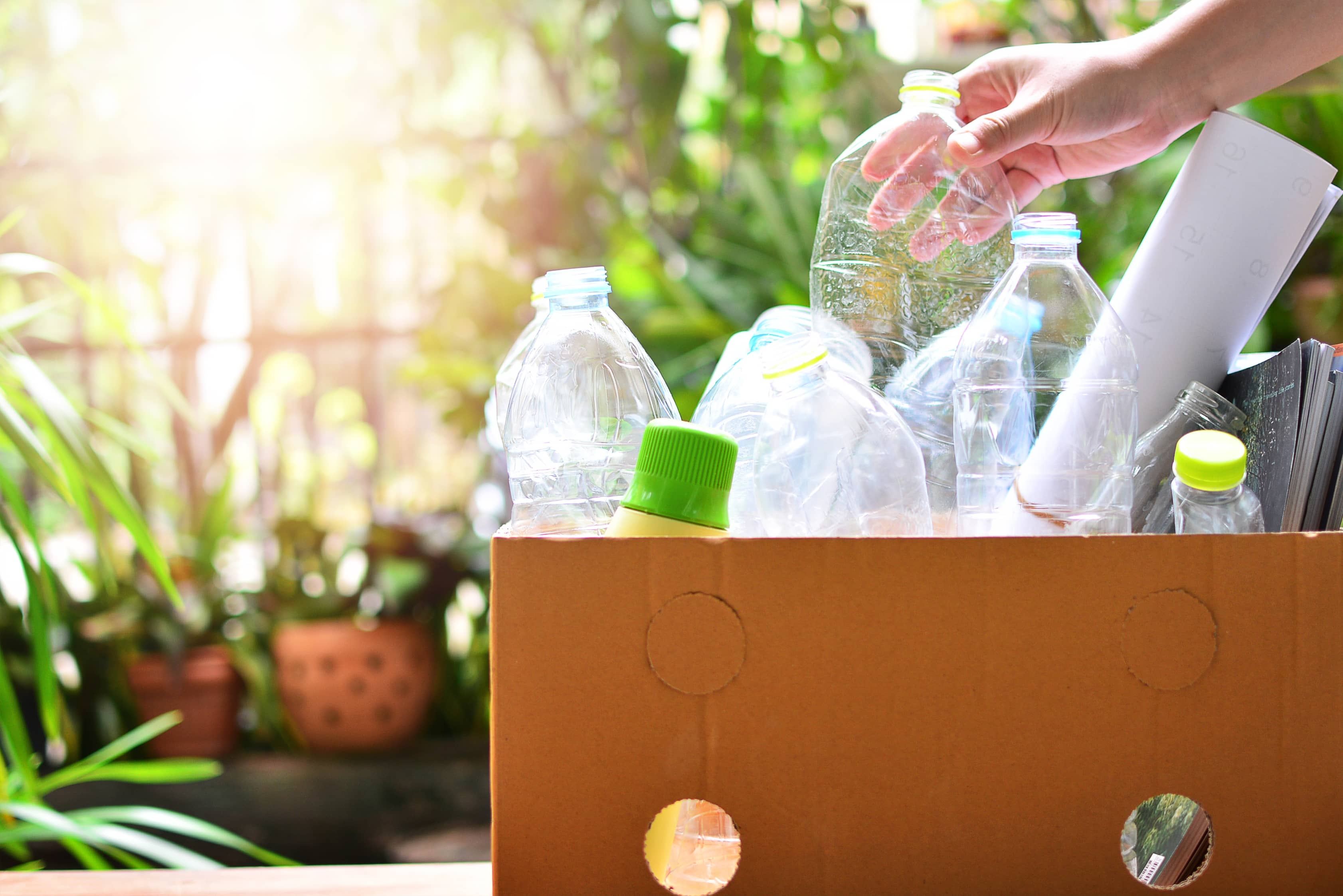The importance of recycling for a more sustainable economy
The processing of post-consumer plastic packaging involves an in-depth knowledge of collection chain, industrial waste recycling systems and the application of the resulting raw material to make new products.
Separate collection of plastics, but also of other products such as glass, metals, wood, paper, rubber, contributes significantly to reducing the carbon footprint, to regulating waste management so that it is not lost to the environment and to saving raw materials that would otherwise have to be extracted from the planet.
Collecting waste, recycling it, creating new raw materials from waste, producing new products through the circularity of the production and consumption system is one of the keys, but not the only one, to a better world.
It is a very important supply chain, also on an economic level, which actively contributes to state budgets, provides jobs and creates an important sustainability between man and nature. it encompasses not only the production of raw materials from waste, but also the industry if machines and moulds for productuion and its control, manufacturers of finished objects made of recycled plastic, service companies, transport companies, research institutions and much more.
 +39 0376 391192
+39 0376 391192

